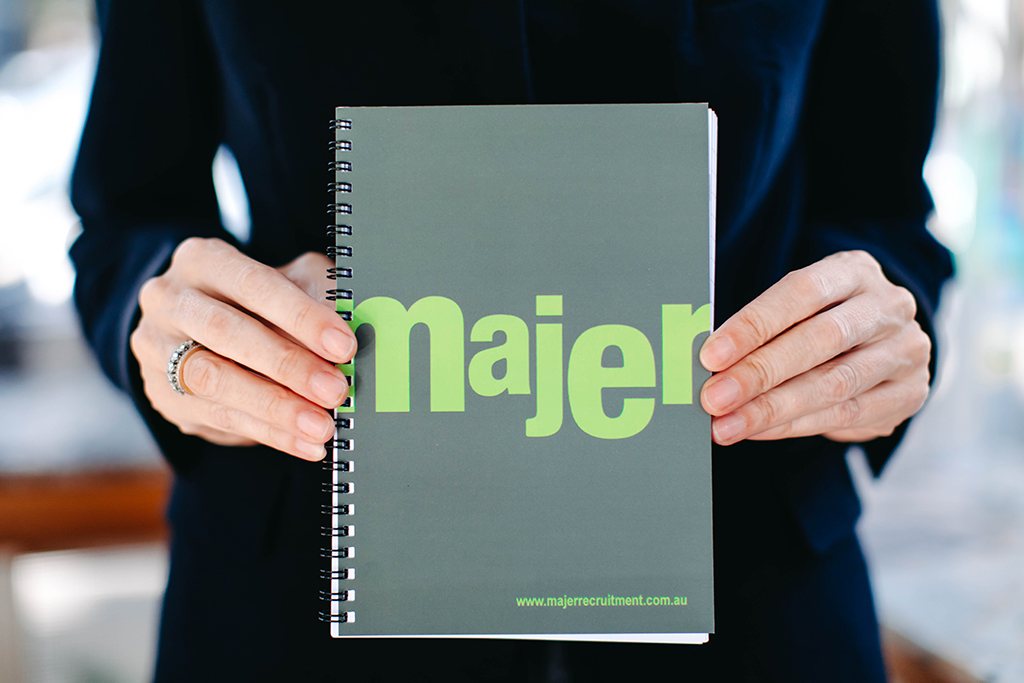Originally published Feb 28, 2018. Revised April 7,2021.
It takes an average of 82 days to fill in a vacant position.
Hiring time has noticeably increased since 2018. And back then, that 68-day average was a doubling of the 2010 average. It’s still an employee’s market, meaning the best talent gets snapped up quickly by organisations who are ready to act swiftly.
The increased time to fill a position often results in a decrease in productivity for the team and decreased revenue for the company. The bottom line is to make sure you are poised to act when it comes to recruiting. Having an agency on your side can help reduce the days to hire number and, therefore, pressure on business operations.
Operations, sales, and IT are the highest priority roles to fill.
According to Dynamic Business Network, a recent hiring activity report for 2021 outlined the sectors demonstrating the highest hiring activity in 2021. Across all industries, operations, sales and IT roles are the priority positions to fill. The industrial and manufacturing sectors, retail, property, consumer goods, and professional services, have the highest growth potential for new roles and hiring activity as we move through 2021.
In the Information Technology sector, roles involving machine learning, AI, automation, security and cloud technologies are highly sought after.
With Covid-19 still playing a role in Australia’s employment landscape, critical roles in healthcare will continue to remain priorities. Temporary and contracting roles are also in demand as many workplaces face uncertain futures.
Industrial and manufacturing operations staff remains priority number one, following the trend from previous years. That means filling roles with the best candidates quickly, ensuring a seamless transaction to production is imperative. Australian businesses may have to start thinking more strategically about how to find and recruit from talent pools.
LinkedIn recently launched their Emerging Jobs Report for Australia, highlighting industry sectors of IT, Financial Services, Marketing and Advertising, Telecoms and banking as ones to watch. Specialist roles in these sectors remain strong; tech-savvy and customer-focused candidates are quickly hired.
Some insiders suggest an average of 15 applicants per job.
This number depends on the industry, but it’s a significantly lower number than prior reports of 50–60 from previous years. This figure is relatively stable at the moment. Suppose you are recruiting and your applicant numbers are down or looking a little off for your job posting. In that case, you may need to rework your hiring strategy or employment branding.
The drop in the number of applicants is also a sign of the potential small pool of talent the competitive market will swim in. In that regard, it’s a qualified employee’s market. For example, companies should be aware that if they are in the market for a Cybersecurity Specialist or Customer Success Specialist, they must move quickly.
If money weren’t a constraint, 57% of Australian talent leaders would invest in employment branding tools.
Do not underestimate the importance of your employer branding strategy. It’s a long-term strategy that involves the candidate experience, marketing strategies, and up-skilling current team members to build a great reputation that will improve your company’s overall hiring and retention rate.
Three-quarters of the Australian workforce are open to being approached by recruiters.
Most of the Australian workforce is open to new work opportunities. 79% of Australian professionals have up-to-date CVs and 43.4% have current LinkedIn profiles. This has been troublesome for the employer’s retention rates. To attract talent and keep them, employers are considering more incentives to keep employers engaged, appreciated, and challenged in their current roles.
Work-life balance is the number one feature Australian professionals look for in a new role.
Professionals are prioritising a work-life balance over a higher pay rate. Hiring managers need to uncover what work-life balance means to each candidate because everyone’s lifestyles are different. While the media might have us believe women hold a higher value for work-life balance, the data shows that work-life balance is a key component for both men and women equally.
The average cost per hire is around $21,000
That number’s significantly higher than the prior $5,000 estimate. This is an average based on ANZ’s average cost of hiring for a new executive ($34,440), senior-level management ($23,059), mid-level hire ($17,841), and entry-level positions ($9,772).
If you have questions about this information, or you are interested to learn more about the state of play in your sector, please contact us.






